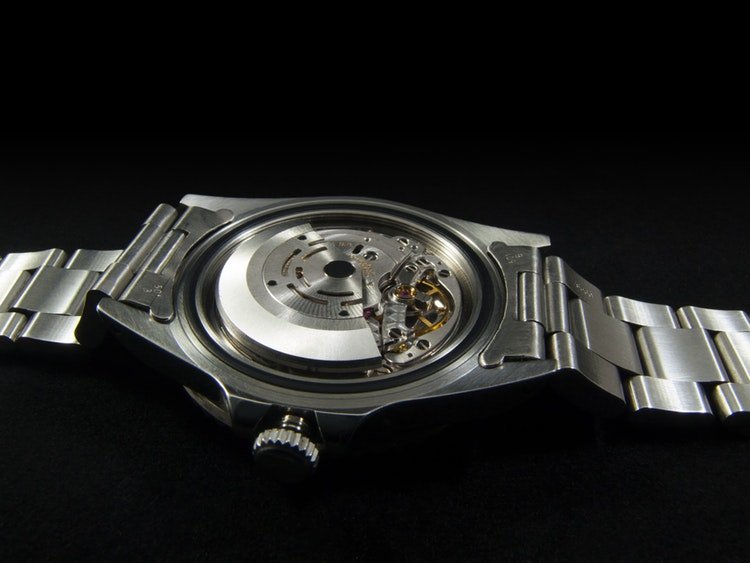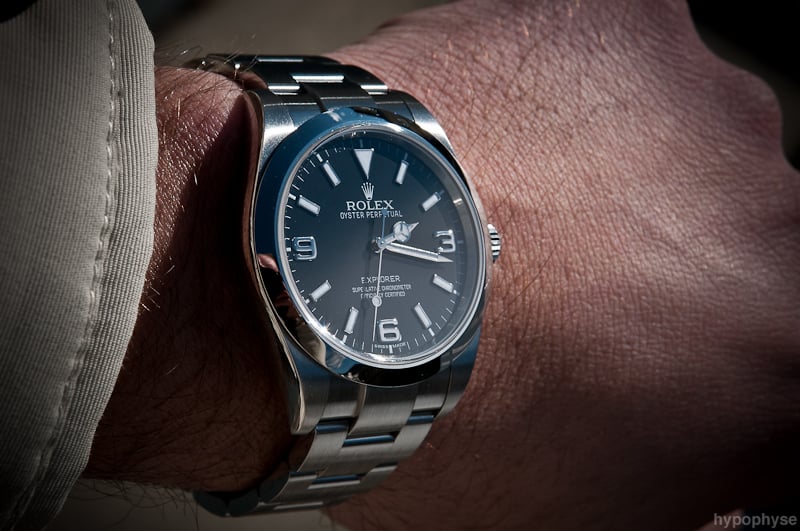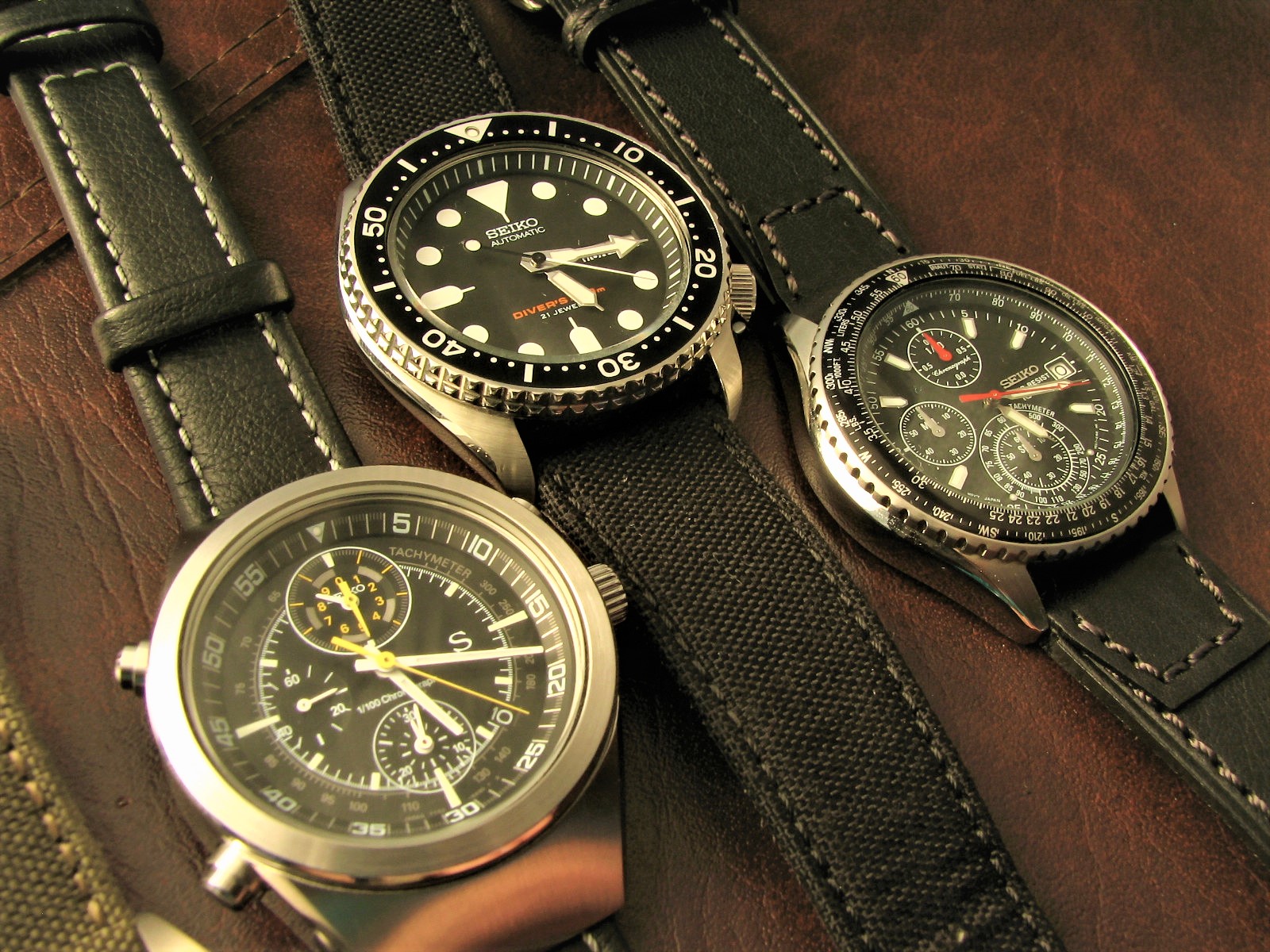Citizen and Seiko are two of the top-selling Japanese watch brands in the watch industry. Although both brands have a long history of watchmaking, demand for these brands increased during the “Quartz Crisis,” which saw an increasing demand for affordable, battery-powered quartz watches. This dramatically changed the watchmaking landscape, and while many European watchmakers declined, both of these brands have risen in popularity.
Seiko and Citizen watch brands are often compared because of their many similarities. These Japanese brands have a long history of quality watchmaking and have been competing directly on solar watch technology since the 1970s. Citizen’s Eco-Drive watches are some of the best-selling on the market, while many other watchmakers trust Seiko’s proprietary movements.
Apart from Solar, both brands compete in a similar price range and have comparable collections in the dress, dive, pilot, and other watch styles. Both also have their line of GPS atomic watches. Citizen excels at quartz movements and attracts new watch buyers with unique brand collaborations such as Marvel and Star Wars.
Seiko also takes a significant market share with its Prospex and Presage lines. Seiko’s automatic movements are well-respected, and the Seiko 5 line is considered by many to be one of the best for overall value when it comes to affordable automatics. Seiko takes watchmaking to the next level is its handcrafted Grand Seiko line of mechanical watches. These watches sell for several times the price of even the most expensive Citizen watches.
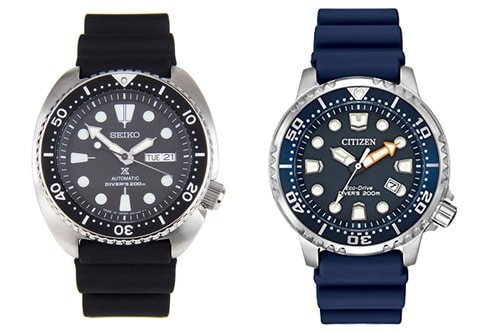
In the decades since quartz watches became popular, two Japanese brands have chiseled out a considerable chunk of the market: Seiko and Citizen. On the surface, there are a lot of similarities between the two companies, even beyond their country of origin. Yet, in reality, the brands and their watches have considerable differences.
Here’s everything you need to know about Seiko and Citizen watches.
Table of Contents
The History of Seiko
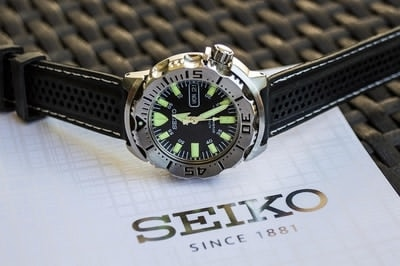
Seiko’s roots go back to 1881 when a man named Kintarō Hattori opened a watch and jewelry shop in Toyko, Japan. Starting in 1892, Hattori began creating clocks under the name Seikosha, which by 1924 would grow into a watchmaking company named Seiko. Seiko is Japanese for “exquisite” or “success”; clearly, Hattori had grand ambitions for his company from the very beginning.
The company would do steady business for a few decades before it helped change the watchmaking game in 1969 by releasing the first quartz wristwatch for public consumption: the Seiko Quartz-Astron 35SQ. Those watches sold for $1250 (about $8500 in today’s dollars).
A few years before the quartz watch became affordable enough to become a product for the average person, the Astron was the first shot in a revolution.
The 1970s saw great upheaval in the watchmaking world, with the prestigious Swiss watchmakers thrown into panic. As the technology became simpler to reproduce, quartz watches, which relied on a battery instead of winding mechanisms (like mechanical watches), dropped in price, and the buying public turned to them en masse.
In the 1980s, the traditional watchmaking powerhouses, particularly Switzerland, managed to regain footing and re-established themselves as creators of the finest luxury watches. Nonetheless, Seiko had helped usher in an era of cheaper, everyday wear wristwatches and became one of the prominent global watch brands.
The History of Citizen Watches

Compared to Seiko, Citizen’s history is shorter and less dramatic. Co-founded by both Japanese and Swiss investors in 1930, Citizen was initially registered in Switzerland in 1918 by Swiss watchmaker Rodolph Schmid. In the 100 years since that registration, the company has been focused primarily on innovating and creating sustainable watches.
Many of their watches are solar-powered, but the company’s claim to innovative fame is the creation of the first multi-band atomic timekeeping watch in 1993. An atomic watch receives a signal from one of the atomic clocks – the most accurate clocks ever made – located around the globe. An atomic watch will lose less than one second in 100,000 years (compared to many quartz watches that lose a second in months or even weeks).
Since the Quartz Revolution, Citizen has grown into one of the largest watchmakers in the world.
In addition to the Citizen watch line, the Citizen Watch Co is the parent company of American watchmakers, Bulova.
Which Watches Are Better: Seiko or Citizen?
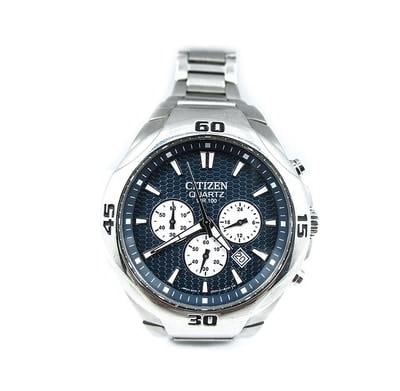 A direct comparison of the two brands is difficult for many reasons.
A direct comparison of the two brands is difficult for many reasons.
First, they both have an extensive line of watches with differing series and styles. Secondly, the lines of both companies run from complex, function-heavy watches at high price points to cheaper fashion watches. Beyond those factors, both companies have their fans and detractors, so finding unbiased critiques is difficult.
Answering which company is better also depends on what you, the consumer, are looking for in a watch. For instance, even though Seiko is known for kickstarting the Quartz Revolution, they still produce many mechanical watches.
Citizen, by contrast, is far more focused on quartz watches.
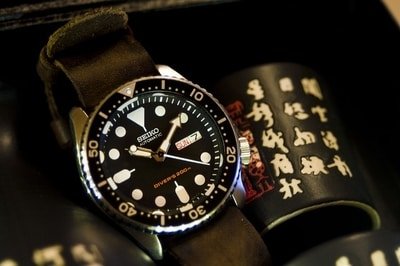
Stylistically also, Seiko tends to go for more classic looks while Citizen has embraced a creative, even experimental style. Seiko markets its long watchmaking history and connection to the past as the older company.
On the other hand, Citizen emphasizes modern technology, and Citizen embraced solar-power technology in their watch lines with the Eco-Drive used on a large selection of Citizen’s offerings.
The two brands share a similar reputation for most watch enthusiasts: quality watches that are neither flashy nor too expensive. For all these reasons, the best way to compare the companies is with a head-to-head comparison of their equivalent watches.
Top Sellers for Seiko and Citizen
The best place to start is by comparing a couple of the top-selling watches of Seiko and Citizen.
That would pit the Seiko Men’s SNK805 Seiko 5 Automatic Watch against the Citizen Men’s BM8180-03E.

These are analog watches with a day and date window and nylon straps. They each have a stripped-back look that places design elegance over extra features. Other similarities include a green, military-inspired look, stainless steel bezels, and identical band widths
Because the two watches compete against each other and have similar features, the two watches are very competitively priced. On the surface, these watches are very similar, which explains why they would lead up the pack for each respective company.
However, some differences are made apparent when we look beyond the surface. One main difference is that the Seiko watch is an automatic mechanical watch while the Citizen is a quartz watch.
A battery-powered watch is generally more accurate than a mechanical watch, though the automatic watch uses the natural movement of the wearer to maintain relative timekeeping accuracy.
The Citizen case is 1.5 mm thinner than the Seiko watch, which makes sense because automatic watches require more movable parts. The Citizen watch is also water-resistant up to 330 feet, while the Seiko is only up to 99 feet. The Citizen also utilizes luminosity for the hands to make it easier to read in the dark.
One other feature found in the Citizen watch (and in most of their watches) but not in this particular Seiko is a solar-powered battery.
If you want a more in-depth look at Seiko, we’ve come up with our list of Best Seiko Watches with recommendations for every budget and style, and here we have a similar article with our picks for Top Citizen Watches.
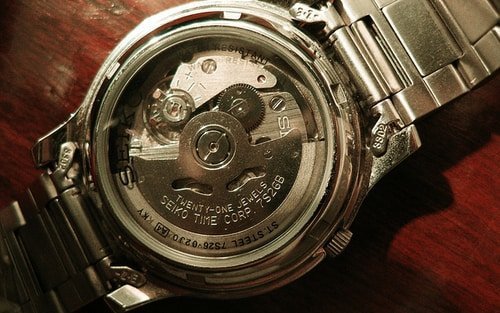
Solar-Powered Watches
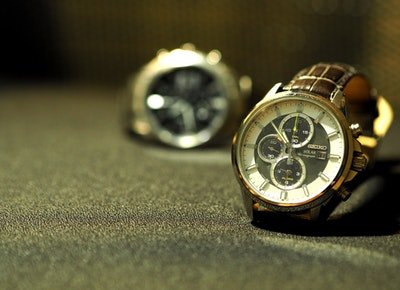
As discussed above, Citizen watches are generally quartz, while Seiko mainly produces mechanical watches. For this reason, Citizen has been leading the way with solar-powered watches.
Both companies sell watches with solar-powered batteries, but Citizen is well ahead of Seiko in this particular area.
Citizen calls its solar power technology Eco-Drive, and you will find it in almost all of its best-selling watches. This solar-powered technology means the titanium lithium battery inside lasts longer and doesn’t need to be replaced. In fact, even after 20 years of use, the battery should retain up to 80% of its recharging capabilities.
Seiko’s own quartz division includes Seiko Solar. Unlike the Eco-Drive, which is found across the various Citizen watch lines, Seiko Solar is limited to a specific line of watches and a few of their premiere watches. Seiko made their first solar-powered watch in 1977, a year after Eco-Drive was first released.
The difference between the Eco-Drive and Seiko Solar is fairly negligible in terms of actual technology. How do the two brands’ eco-friendly watches match up in a head-to-head comparison, though?
Citizen Eco-Drive vs. Seiko Solar

If you want a more in-depth list, see our top picks for best solar-powered watches here. As you might expect, Seiko and Citizen are both on the list.
Citizen’s Eco-Drive Promaster Navihawk Satellite GPS Watch is chock full of unique features. The Promaster series covers a range of watches, including dive and all-terrain watches. This particular Navihawk Satellite GPS has features specifically designed for pilots.
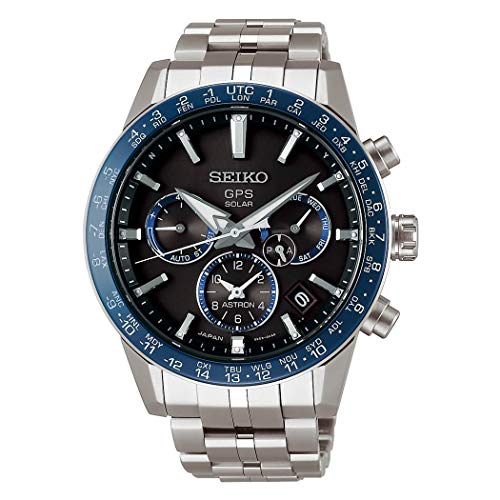
For comparison, there is the Seiko Solar SS Chronograph GPS Watch. Seiko makes numerous Solar GPS watches, including a wide range of Astron watches (as you’ll recall, the Astron was the first quartz watch). This SS Chronograph is also in the Astron line.
Let’s start with the similarities. They are both solar-powered, stainless steel analog watches. The face on each is crystal, and the case on both is large: 44.6 mm on Seiko and 47 mm on the Citizen.
The GPS on both watches lets the watch automatically update the time based on the time zone. They both also include a chronograph function and luminous hands.
The Seiko watch has a few extra features that justify a higher price point, including atomic timekeeping and a tachymeter. Despite being atomic and solar-powered, the movement is still automatic, whereas the Citizen is Japanese quartz. The display of the Citizen is busier than the Seiko, though they both include three extra dials and a date window in the face. Both watches have readings for all world time zones.
The Citizen watch does outpace the Seiko in terms of water resistance – up to 660 feet compared to Seiko’s 330 – and a pilot’s rotating slide rule bezel. Otherwise, the watches are remarkably similar, even down to their bands’ widths.
Women’s Seiko and Citizen Watches
Another point of comparison is in the two companies’ lines of women’s watches. Let’s look at two that cost roughly the same price.
For Seiko, there is the SXDG58P1 Ladies Casual Watch, and from Citizen, there is the Chandler FB2003-05A Eco-Drive.
Seiko’s women’s analog watch is silver and white with gold and diamond accents. It uses a quartz battery that has a three-year life. It is water-resistant up to 330 feet and includes a date window. Other than that, this is a straightforward, stainless steel watch. The case is 28 mm in diameter and seven mm thick.
The Citizen watch isn’t as flashy but still has a quiet elegance. The face is white, the band is a salmon hue, and the rose gold case. It’s a bigger watch, with a 39 mm by 12 mm case. It also has a quartz movement, but it uses the Eco-Drive for much longer and more reliable battery life. The face includes a date window and two extra dials, including a chronograph. Other than that, like the Seiko watch, the Chandler is mostly understated.
They are both fashion watches with a decidedly feminine style. The Citizen watch offers more for a lower price based on performance and functionality, but neither watch is costly, and the quartz movement means they’ll both be reliable.
See our favorite Ladies Citizen watches and our top Seiko Watches for Women here.
Is Seiko or Citizen More Popular?
Despite the similarity between the two brands in terms of country of origin and array of styles, it’s pretty clear that Citizen is enjoying greater sales and a wider reach.
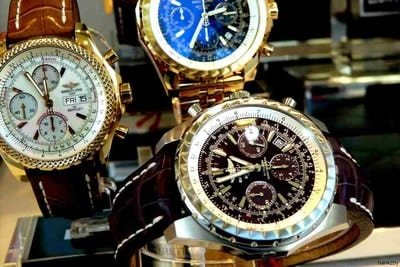
When searching for Seiko watches, you’ll often find that the major retailers aren’t carrying them and that you either have to buy directly from Seiko or through specialty watch dealers. That isn’t unusual, especially for luxury watch brands like Rolex or TAG Heuer.
The problem is, Seiko isn’t a luxury watch brand, and their clientele is more than likely to search an online retailer rather than a specialty shop.
Citizen, by contrast, is making their presence felt throughout the watching retailing world. Part of that saturation is their focus on their Eco-Drive technology. In addition to being environmentally friendly and more reliable, solar technology solves one of the biggest annoyances with wristwatches: changing the batteries.
The varying qualities of each brand’s watches are hard to quantify, but Citizen generally has the lead in terms of value for your dollar. Seiko has a lot to offer for anyone precisely in the market for a mechanical watch. Citizen’s future-minded watch designs will probably be the more enticing draw for everyone else.
Are Seiko and Citizen The Same Company?
This is a relatively common and understandable question since they get compared often, but the answer is that Seiko and Citizen are separate companies.
The Citizen Watch Group owns several unique brands: Alpina, Arnold & Son, Campanola, Citizen, Bulova, Frederique Constant and La Joux-Perret. Seiko also owns other brands, including Orient and Trume.
Your Vote?
Do you have a clear favorite between these two watch brands? Maybe this overview helped clarify things for you or just made a choice even harder. Here’s a quick poll. Leave your vote to see how it stacks up against our other readers.

